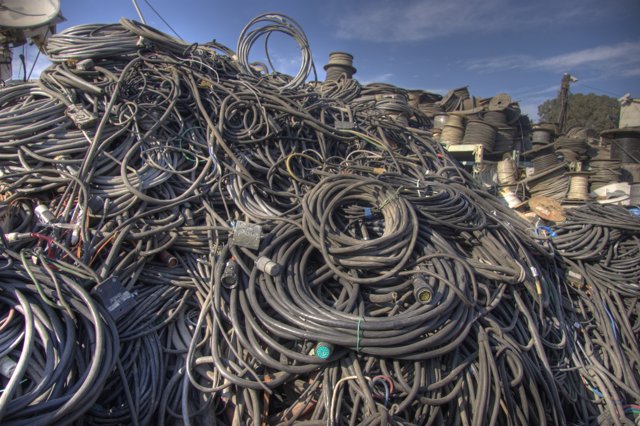What are Neural Networks?
NOTE: This post is part of my Machine Learning Series where I’m discussing how AI/ML works and how it has evolved over the last few decades.
One of the most transformative developments in the field of artificial intelligence and machine learning was the advent of neural networks. These computational models are designed to mimic the way the human brain processes information and are capable of performing complex tasks such as image recognition, natural language processing, and more. In this blog post, we'll explore what neural networks are, their components, and why specialized hardware like GPUs (Graphics Processing Units) and TPUs (Tensor Processing Units) are highly effective for training and deploying neural networks.
What is a Neural Network?
A neural network is a computational model inspired by the structure and functionality of the biological brain. Composed of interconnected nodes or "neurons" organized into layers, neural networks learn to recognize patterns and make predictions by processing input data and adjusting the strength of connections between neurons.
The key components of a neural network include:
- Input Layer: Receives input data and passes it to the subsequent layers for processing.
- Hidden Layers: Layers between the input and output layers that perform various computations and transformations on the data.
- Output Layer: Produces the final predictions or classifications based on the processed data.
- Weights and Biases: Parameters that determine the strength of connections between neurons. These are adjusted during training to minimize the prediction error.
Neural networks learn through a process called backpropagation, which involves computing the gradient of the loss function with respect to each weight and adjusting the weights to minimize the loss.
The Role of GPUs and TPUs in Neural Networks
Training and inference with neural networks often involve large volumes of data and computationally intensive operations. Traditional CPUs (Central Processing Units) may struggle to handle these workloads efficiently. Enter GPUs and TPUs, specialized hardware accelerators that excel at parallel processing.
Graphics Processing Units (GPUs)
GPUs are hardware accelerators initially designed for rendering graphics in video games. However, they have been repurposed for general-purpose computing due to their ability to perform parallel computations efficiently. A GPU consists of thousands of small cores capable of executing operations simultaneously, making them highly suitable for the matrix and vector operations common in neural networks.
Tensor Processing Units (TPUs)
TPUs are custom-designed hardware accelerators developed by Google specifically for accelerating machine learning workloads. TPUs are optimized for tensor operations (multidimensional arrays) prevalent in neural networks, providing high throughput and low-latency performance. TPUs are used in Google's data centers to power various machine learning applications and services.
TL;DR
Neural networks have become a cornerstone of modern machine learning and artificial intelligence, enabling breakthroughs in a wide range of applications. The utilization of GPUs and TPUs has further propelled the capabilities of neural networks by providing the computational power needed to handle large-scale data and complex models.
As the demand for AI-driven solutions continues to grow, specialized hardware accelerators like GPUs and TPUs will remain critical in driving the development and deployment of neural networks for diverse applications.
Further Reading
- Introduction to Neural Networks - Towards Data Science
- Inside Tensor Processing Units (TPUs) - Google Cloud Blog
- Backpropagation in Neural Networks: Understanding the Basics - Pathmind
- Parallel Computing with GPUs for Machine Learning - KDnuggets
Tags
- Neural Networks
- Machine Learning
- Artificial Intelligence
- Deep Learning
- GPUs
- TPUs
- Hardware Accelerators
- Parallel Computing
- Backpropagation
- TensorFlow
